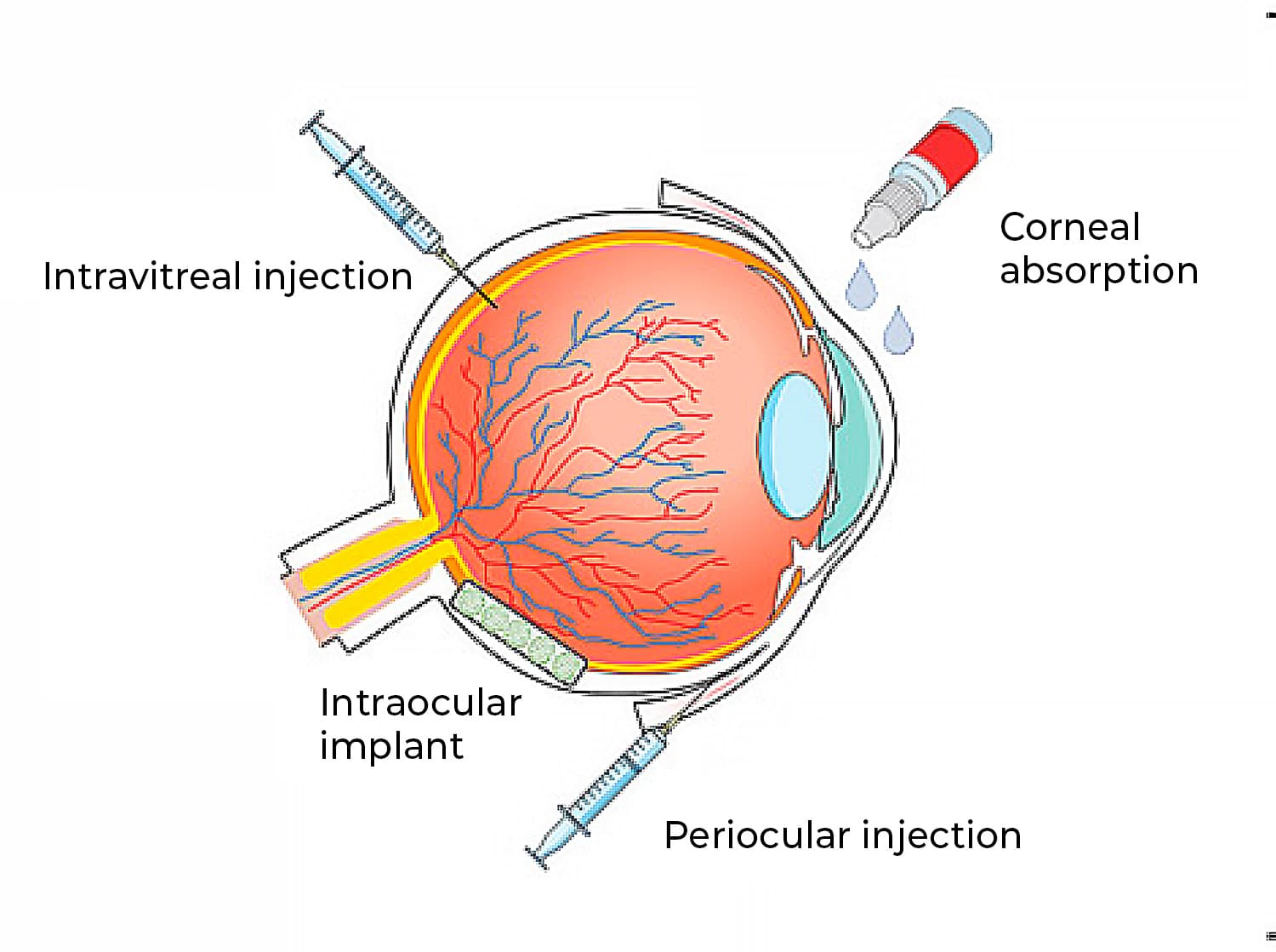
Recent breakthroughs in eye care are bringing us closer to a future where medication for conditions like glaucoma and age-related macular degeneration (AMD) is delivered more efficiently—and less invasively—thanks to microneedle technology.
What Are Microneedles?
Microneedles are tiny, minimally invasive structures designed to bypass the eye's natural barriers—like the cornea and sclera—to deliver drugs directly where they're needed. They can be coated, hollow, or made to dissolve after delivering their payload. This approach increases drug bioavailability while reducing discomfort and side effects.
Latest Innovations in Microneedle Drug Delivery
A groundbreaking annular microneedle (A-MN) patch has been engineered to avoid interfering with the cornea's center, allowing for safer and more precise drug delivery to ocular tissues.
Dissolvable microneedle patches, created using a safe polymer like PVP, dissolve quickly (10–180 seconds) within the eye and enable sustained release. These patches have shown improved delivery of high-molecular-weight drugs for conditions like AMD and choroidal neovascularization.
Why This Matters
More Effective Treatments: Unlike standard eye drops or injections, microneedles can target deeper eye structures with precision and fewer systemic side effects.
Patient Comfort: Minimally invasive and precise, microneedles offer a more acceptable alternative to traditional injections.
Expanding Potential: Early trials indicate promise across anterior and posterior eye conditions, though broader clinical testing and biocompatibility studies are still needed









